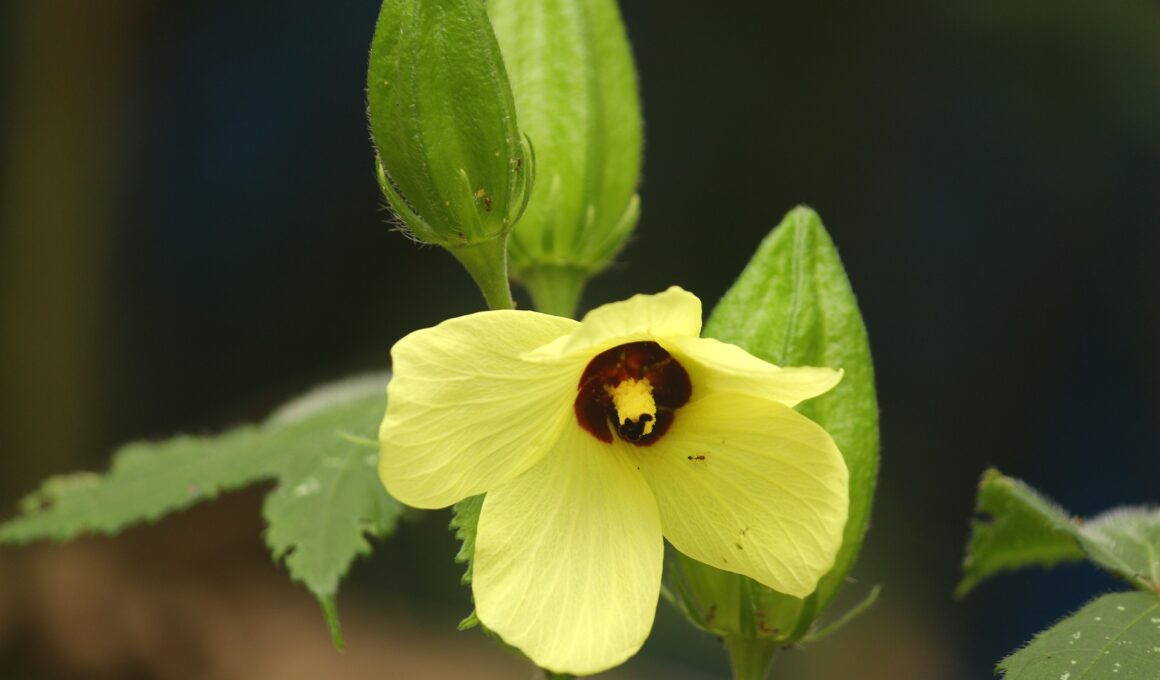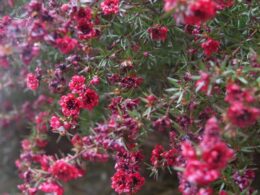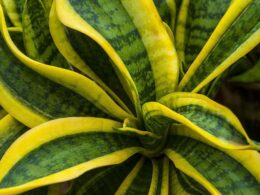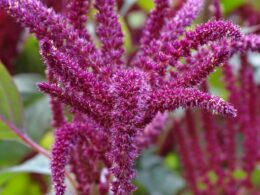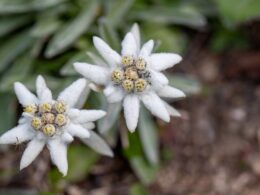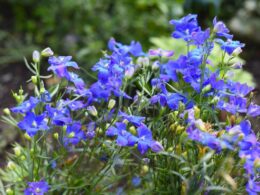Origin of Okra
This tropical plant is native to Africa, and its flowers are beautiful and unusual. The okra plant is believed to have originated in Ethiopia, where it is still cultivated today. The okra flower is a beautiful yellow bloom that adds a touch of color to any garden. This flower has a very distinct shape, and its petals are often curved or spiraled.
How to Care for Okra Flowers?
To care for your okra plant, simply water it regularly and make sure it gets plenty of air circulation. If you live in a warm climate, you can also fertilize your okra plant once a month. With just a little bit of care, your okra plant will thrive and produce bountiful crops of okra flowers (and okra seeds)!
Okra flower care is relatively easy, as long as you provide the plant with plenty of sun and good air circulation. To start growing okra, you’ll need to purchase okra seeds from a garden center or online retailer. Once you have your seeds, sow them in soil that has been loosened and amended with organic matter. Water the seeds well, then place them in a warm, sunny spot. Keep the soil moist until the seeds germinate,
It Is Easy to Grow an Okra Plant
Okra is a heat-loving plant, so it’s important to wait until the weather is warm before planting the seed. In most areas of the country, this will be late May or early June. You can plant the seed directly in the ground, or start it indoors and then transplant it later. If you start it indoors, use a soil mix and plant the seed about 1/2 inch deep.
Keep the soil moist but not wet, and provide plenty of light. The seed will germinate in 7-10 days. Once the seedlings are about 4 inches tall, they can be transplanted outdoors. Be sure to harden them off first by gradual exposing them to outdoor conditions over a period of 7-10 days.
When they are ready to be transplanted, choose a sunny spot with well-drained soil. Plant them 18-24 inches apart and water thoroughly. Okra will begin to produce flowers 3-4 weeks after planting. The flowers will develop into seed pods, which should be harvested when they are young and tender.
Blooming
The flowering process of okra flower is seed. The seed will go through the soil and germinate in order to grow a plant. Once the seed has germinated, the seedling will develop a root system and begin to grow leaves. Once the plant has reached a certain size, it will begin to produce flowers. The flowers will open and close depending on the amount of sunlight they receive. When the flower is fully open, it will be ready to accept pollen from bees or other insects. Once the pollen has been transferred to the pistil of the flower, fertilization will occur and seed production will begin. The seed pods will mature and swell as they fill with seeds. Once the seeds have matured, the pods will dry out and split open, releasing the seeds. The seeds can then be collected and used for planting or cooking. Depending on the variety of okra, the plant will produce flowers that are white, yellow, purple, or red. Okra flower watering requirements are minimal watering once a week. Too much water can cause mildew or fungal problems that may affect seed production. If you live in an area with high humidity, you may need to water more frequently to prevent problems with mold or mild.
Edible Properties
What do you think of when you hear the word okra? Most people think of the slimy green vegetable that is often used in gumbo. The fruits have a mildly sweet flavor and can be eaten raw or cooked. They make a beautiful addition to salads and can also be used as a garnish for soups and other dishes. If you have okra plants in your garden, be sure to try eating the fruits! You may be surprised by how delicious they are.
How to Harvest Okra
Okra harvesting typically begins 2 months after planting. During this time, the okra pods will have reached their full size, but will still be tender enough to eat. To harvest, cut the okra stalk at its base using a sharp knife or gardening shears. Take care not to damage, the plant as this can reduce future yields. Once the okras have been harvested, they can be eaten fresh, cooked, or frozen for later use. For best results, cook okra within 24 hours of harvesting. When stored properly, freshly harvested okra can last up to 2 weeks in the fridge.
Okra Toxicity
Okra flowers are beautiful, but they are also toxic. The toxic compounds in okra flowers can cause skin irritation, stomach upset, and vomiting. If ingested in large quantities, these toxins can be fatal. Fortunately, the toxic compounds are found only in the flowers, not in the fruit or leaves of the plant. This means that it is safe to eat okra fruits and leaves, as long as you avoid the flowers. If you have an okra plant in your garden, make sure to keep it away from children and pets who might be tempted to eat the flowers.





